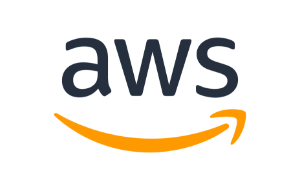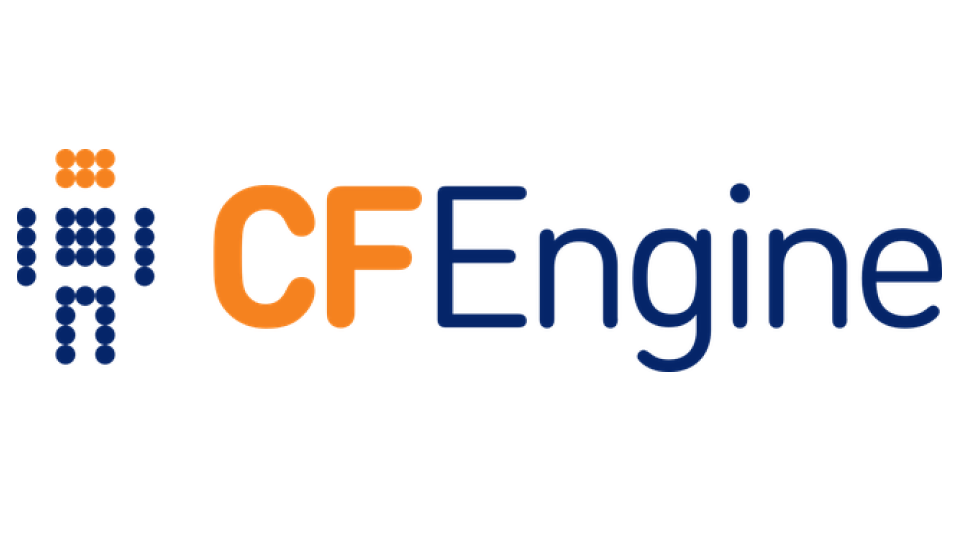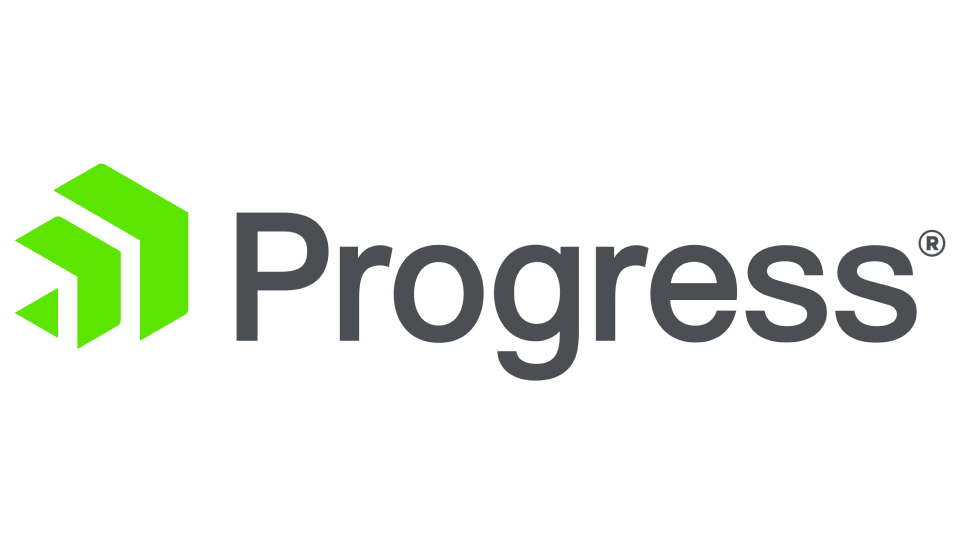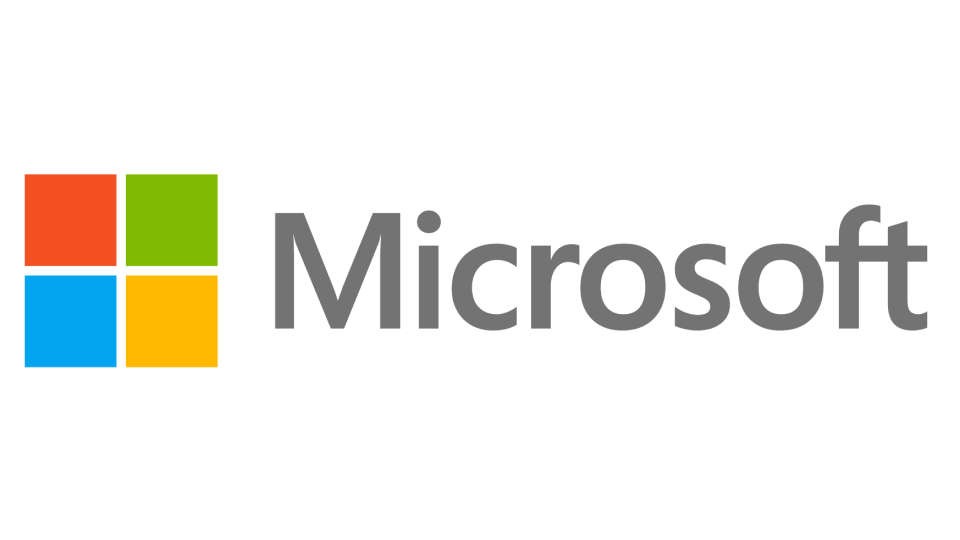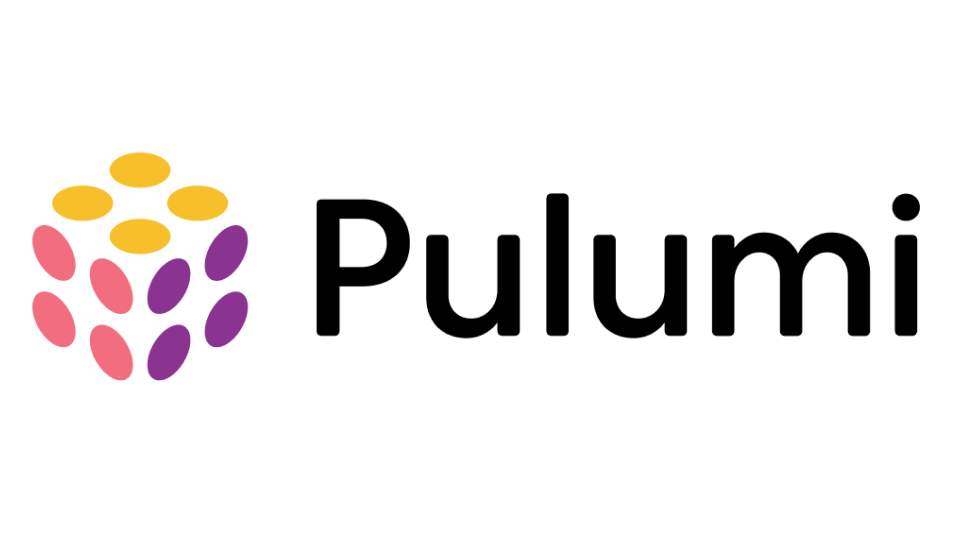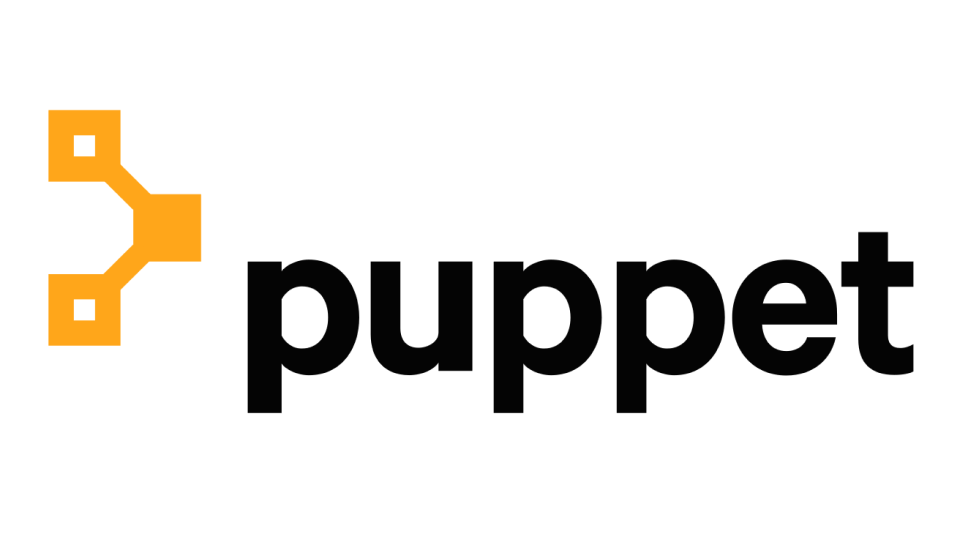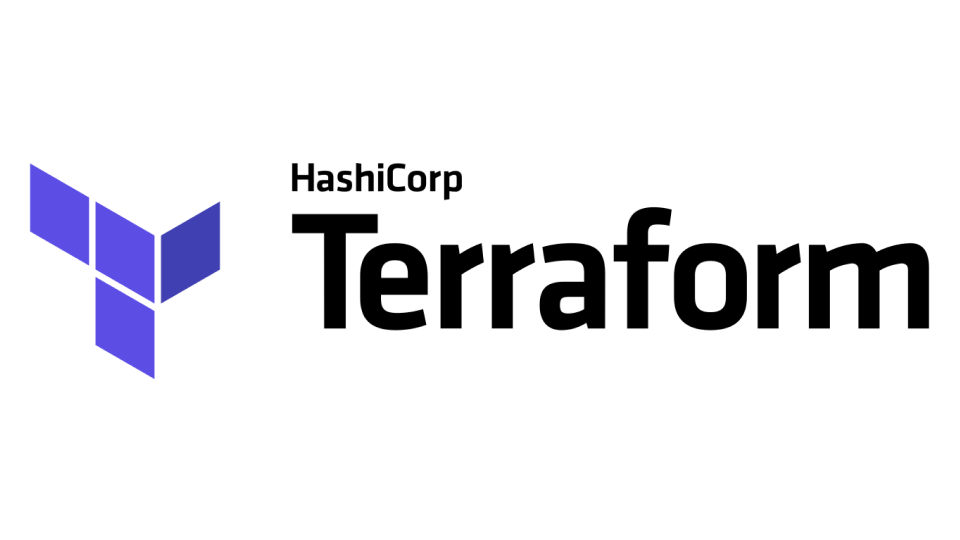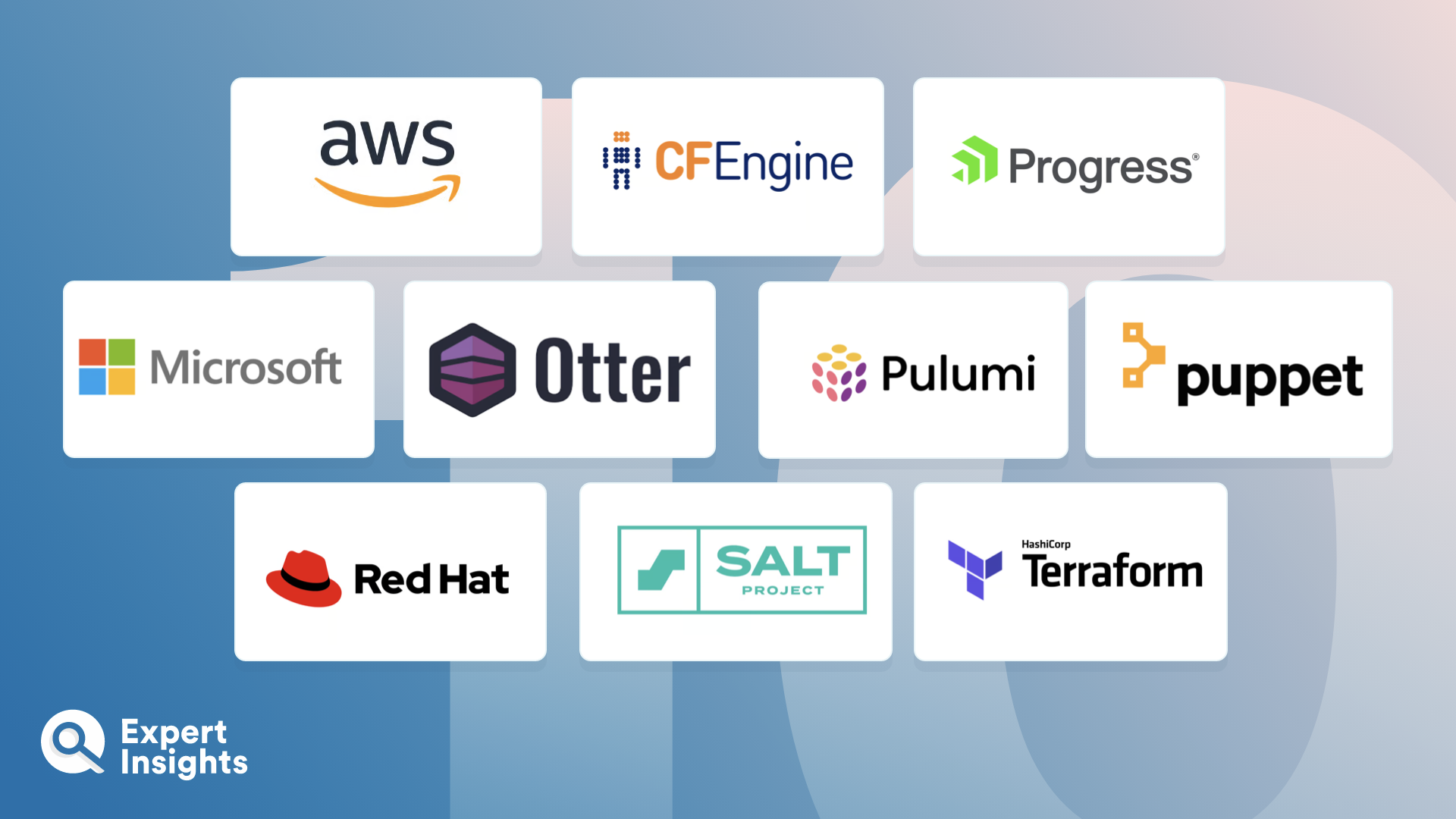Infrastructure as Code (IaC) tools allow IT professionals to manage and provision computer data centers through machine-readable definition files, rather than manual hardware configuration or interactive configuration tools. By using this approach, developers can automate the provisioning, configuration, and management of infrastructure, which leads to a massive reduction in production time, human error, and technical debt.
Infrastructure as Code (IaC) tools operate by converting data center infrastructure into a high-level descriptive language. This language then orchestrates low-level command-line interfaces, scripts, or other domain-specific languages. The overarching goal is to provide a near-identical replication of environments, all managed in a streamlined, efficient, and error-free manner.
By utilizing the IaC methodology, IT administrators and developers can gain a much more streamlined, efficient, and reliable system operation pathway. This not only leads to rapid deployment, but also to a less error-prone, more manageable, and more secure infrastructure environment.
The Infrastructure as Code market is full of robust tools, each delivering unique features and specifications that are designed to cater to different needs and requirements. These tools typically integrate with a range of other DevOps technologies, such as Continuous Integration/Continuous Delivery (CI/CD) tools, version control solutions, and container orchestration platforms, and they follow various cloud-based, hybrid, or on-premises deployment models.
This guide will explore the top Infrastructure as Code (IaC) tools. We’ll examine their features such as integration capabilities, scalability, deployment models, and language support, based on our technical analysis and industry reviews.



